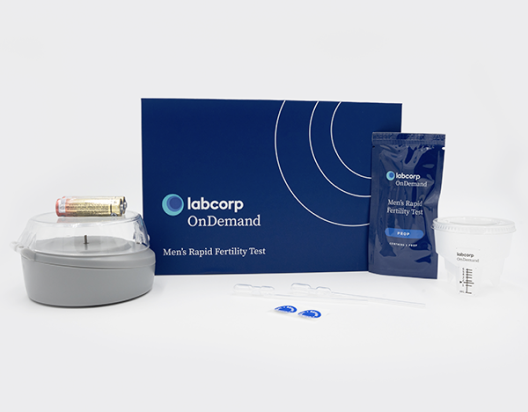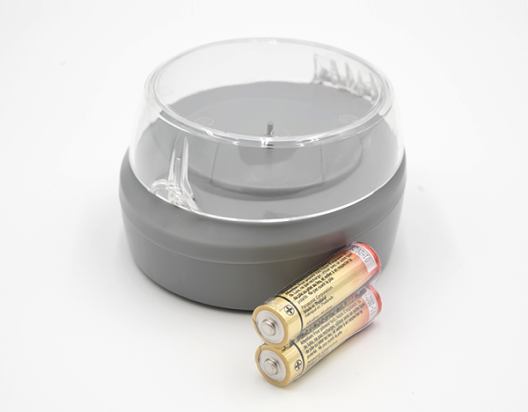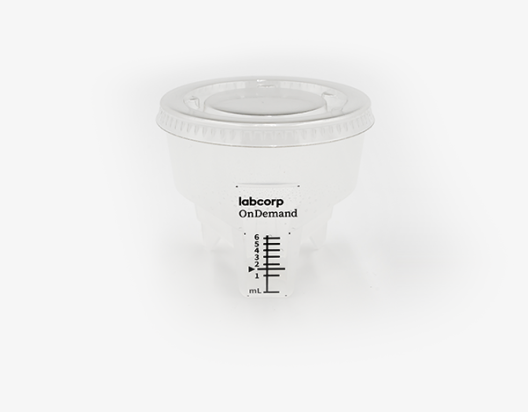Your sperm count can change daily, weekly and monthly due to changes in your health, lifestyle and the world around you. To get the most accurate benchmark results, we recommend testing twice to establish a baseline for measuring progress. After that, test monthly outside of your partner’s fertile window (the six-day interval when pregnancy can occur, ending on her ovulation day) to avoid conflicting with any attempts to get pregnant. There are a range of health and lifestyle changes that may help to improve your sperm concentration and semen volume, so please consult with your physician to find which may work best for you.
Many men start to see improvements from those changes starting after one month, but because it takes sperm a while to fully develop, it may take two months or longer to see meaningful increases after implementing health and lifestyle changes. The Men’s Rapid Fertility Test comes with two tests, and refill packs are available so that you can test regularly to track changes over time.








